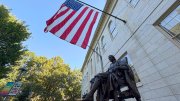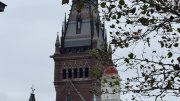There has been nothing in Harvard’s history like the current confrontation between the University and the Trump administration. But Harvard students and faculty have often come into conflict with the federal government over its policies, in disputes that have bubbled over into campus protests. Here’s a sampling:
Click here to read comprehensive coverage of Harvard in the Crosshairs
Timeline: Harvard and the Government in Conflict
1930s–1940s: Anti-Fascism and U.S. Neutrality
In 1938, Harvard students protested Kristallnacht, the violent Nazi pogrom against Jewish residents that left the streets of Germany and Austria littered with shattered glass. As Germany conquered much of Europe, students variously condemned the University’s silence, the United States’ official position of neutrality, and American entry into World War II.
1950s: McCarthyism and Academic Freedom
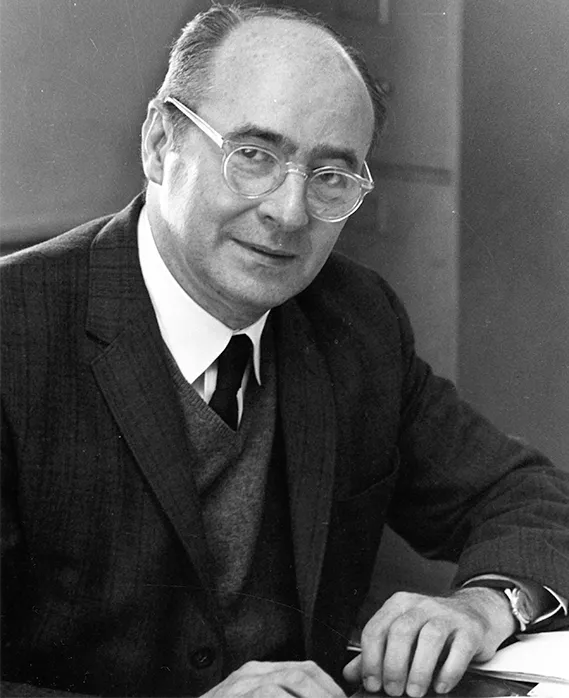
During the Red Scare, Republican Senator Joseph McCarthy targeted Harvard faculty for alleged communist sympathies, calling the University a “smelly mess.” Students and administrators alike pushed back, defending Harvard physicist Wendell Furry’s refusal to testify before Congress about alleged communist infiltration in education.
1960s: Civil Rights and Federal Inaction
In the 1960s, Harvard students joined the civil rights movement, participating in Freedom Rides and voter drives in the South. On campus, rallies and teach-ins called out the federal government’s failure to end segregation. Martin Luther King Jr.’s 1965 speech in Harvard Yard cautioned against hatred by invoking Mahatma Gandhi.
1969: Vietnam and Anti-War Sentiment
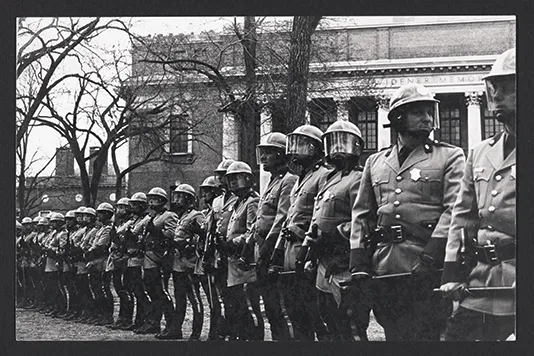
In 1969, students occupied University Hall to protest Harvard’s ties to the Vietnam War and the displacement of working-class residents. The protests, led by Students for a Democratic Society (SDS), demanded the abolition of the Reserve Officers’ Training Corps (ROTC) and divestment from military contractors. The occupation sparked an eight-day University-wide strike and two large rallies in Harvard Stadium.
1970: Kent State and Jackson State Shootings Response
Harvard students joined a nationwide strike condemning the events at Kent State University, where student anti-war protesters were shot by Ohio National Guard troops, and Jackson State University, where police opened fire on a gathering outside a student dorm.
1980s: Anti-Apartheid and Divestment
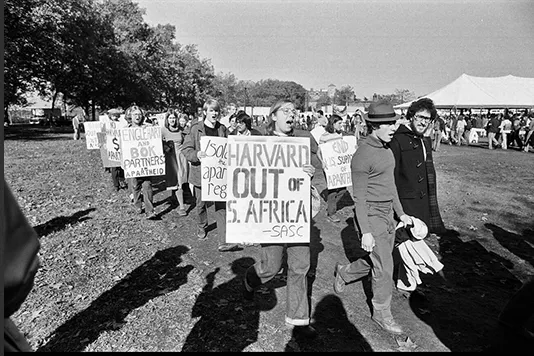
Harvard students protested apartheid in South Africa by constructing a shantytown in Harvard Yard. Protesters demanded an end to U.S. support for the South African regime and called for divestment of endowment funds from South Africa-linked firms.
2000s: Stem Cell Research and Federal Restrictions
When President George W. Bush limited federal funding for embryonic stem cell research, Harvard students, scientists, and administrators pushed back, launching private initiatives and staging protests to defend science against what they perceived as restrictive federal policy.
2000s: Patriot Act and Civil Liberties
In the wake of the USA Patriot Act, a sweeping security law passed after 9/11, Harvard students and faculty protested government surveillance, the profiling of Muslim and international students, and the erosion of academic freedom.
2010s–2020s: Climate Policy and Divestment

Climate protests at Harvard throughout the 2010s and the 2020s have largely targeted both University endowment investments and federal deregulation of climate change policies under Presidents George W. Bush and Donald Trump. Student activists have pushed for fossil fuel divestment in a movement that has spanned disciplines, campus groups, and departments.

